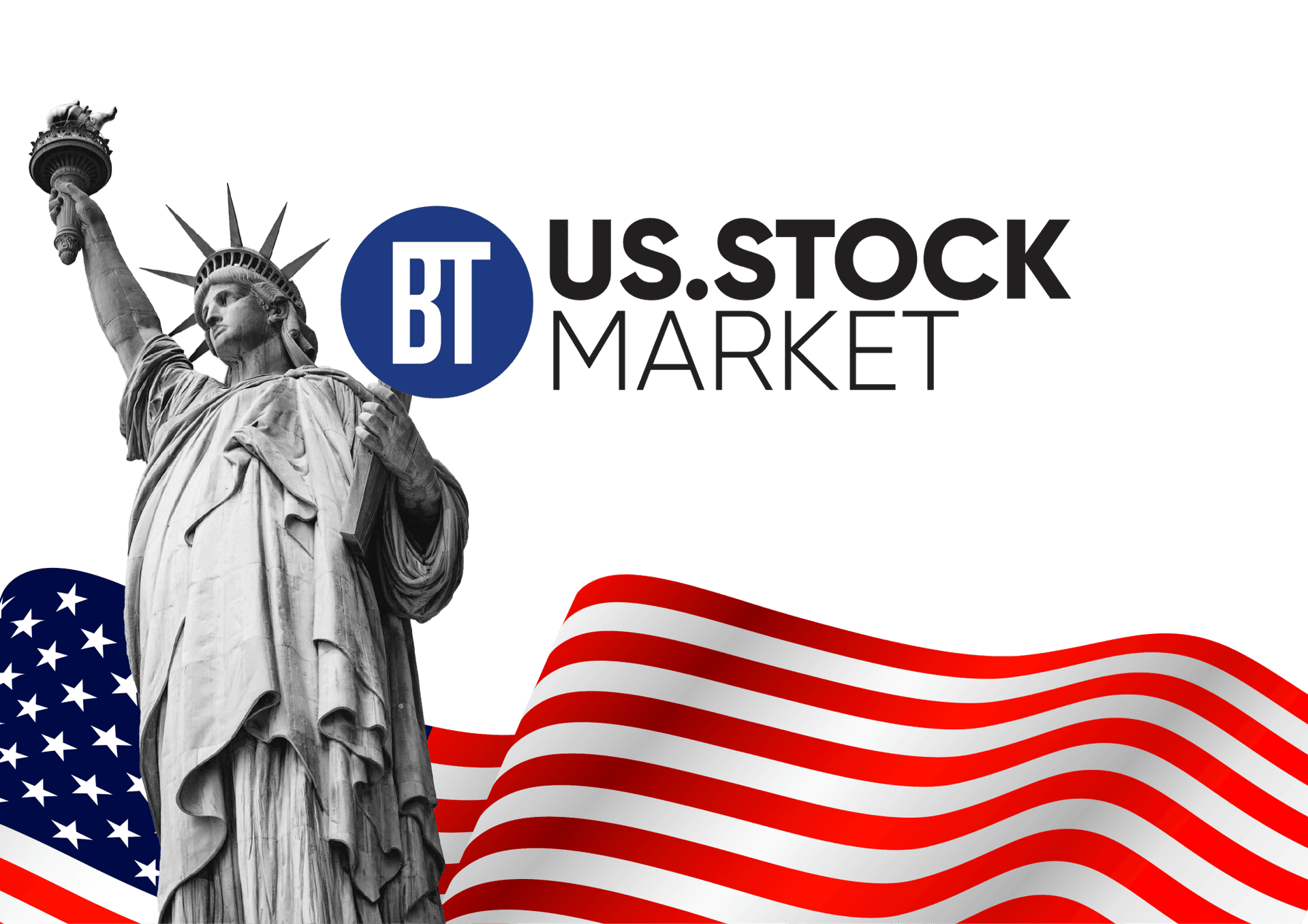U.S. markets rally as AI names rebound, Fed cut odds rise
U.S. stock indexes climbed sharply on November 25, led by a rebound in artificial intelligence names and growing investor expectations of a Federal Reserve interest rate cut in December. The move lowered market volatility and lifted large cap tech, a development that could reshape portfolio flows and influence the path of risk assets into year end.

U.S. equity benchmarks rallied on November 25 as investors rotated back into AI leaders and priced higher odds of a Federal Reserve interest rate cut in December. The Dow Jones Industrial Average rose about 0.4 percent, or roughly 202.86 points, to close near 46,448. The S&P 500 gained about 1.6 percent, or roughly 102 points, to about 6,705, while the Nasdaq Composite jumped roughly 2.7 percent, or about 599 points, to close near 22,872. The CBOE VIX, a gauge of implied market volatility, fell more than 12 percent to the low 20s amid the advance.
The day’s strength was concentrated in large cap technology and infrastructure names tied to artificial intelligence, as optimism around product rollouts and upcoming earnings fueled buying. That concentration helped power the Nasdaq’s outperformance, and it reversed some of the sector weakness that had weighed on markets earlier in November. The move also reduced measures of investor anxiety, with the VIX slipping from mid 20s levels into the low 20s, signaling a retreat from the spikes that accompany tighter liquidity or elevated uncertainty.
Market participants said commentary from Federal Reserve officials throughout the week was parsed as more supportive of eventual rate cuts, and that shift in tone sharpened expectations for policy easing in December. Those expectations tend to boost growth oriented and high multiple stocks by lowering the discount rate applied to future earnings, which in turn can justify higher valuations for technology and AI related firms. The resulting recalibration of rates and risk appetite was a central driver behind the rotation into the largest market capitalization names.
The rally carries immediate implications for investors and corporate finance. Higher equity prices reduce the cost of capital for major issuers and can prompt portfolio managers to rebalance exposures, potentially amplifying flows into passive funds that track large cap indexes. For individual investors, a renewed stretch of concentration in AI and a handful of mega cap tech firms raises the question of diversification and vulnerability to idiosyncratic disappointments around product launches or earnings surprises.

From a policy perspective, rising Fed cut odds reflect market expectations that taming inflation and slowing growth have created room for easing. If the Fed follows through in December, the central bank will be weighing the trade off between supporting labor market resilience and preventing inflation from resurging. Lower policy rates would likely bolster risk assets in the near term, but they could also complicate the Fed’s longer term inflation mandate if inflation indicators fail to continue moderating.
The longer term trend is unchanged in one respect. Artificial intelligence has become a dominant structural force in equity markets, concentrating gains in a narrow group of firms that are viewed as leaders in generative AI software, chip manufacturing and cloud infrastructure. That structural concentration can drive strong advances when sentiment is positive, and heightened volatility when expectations are disappointed. For now markets have favored optimism, but investors will be watching upcoming earnings and the December Fed decision for confirmation that the rally can be sustained.


